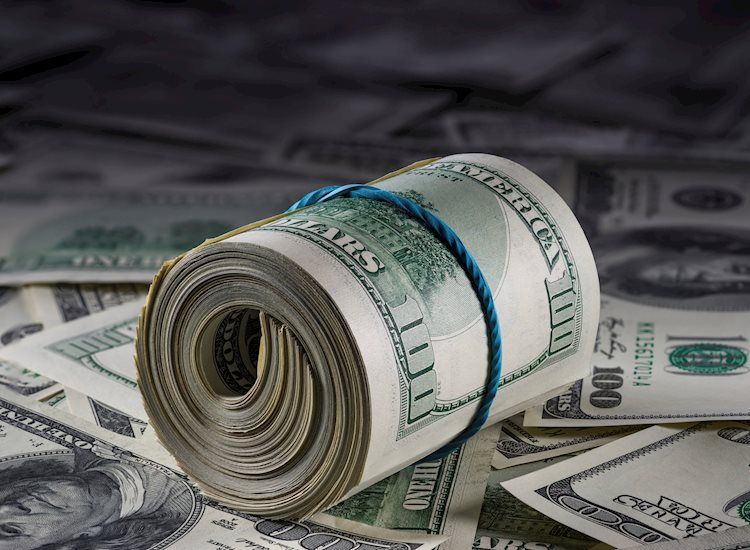The US Dollar Index (DXY) is currently experiencing a sharp recovery, reaching around the 105.00 mark as investors adopt a risk-averse approach amid cautious market sentiment. Federal Reserve (Fed) officials have been advocating patience, leading to a decrease in expectations for an interest rate cut at the upcoming September Fed meeting. This, in turn, has resulted in the recovery of US Treasury yields.
The US economy has remained strong, resulting in low expectations for rate cuts in the near future, with markets eagerly awaiting data that could potentially influence bets for the September meeting. The Fed’s Beige Book report from April to mid-May indicated slight growth in national economic activity, with varying conditions across industries and districts. While retail and auto sales remained flat, travel and tourism saw strengthening. Employment rose modestly, wage growth was moderate, and prices increased modestly. The overall economic outlook became more pessimistic amid rising uncertainty.
US Treasury yields have seen a significant rise, with the 2-year yield reaching 5%, while the 5 and 10-year rates climbed to 4.63% and 4.62%, respectively. The technical analysis of the DXY chart indicates a notable recovery, with the Relative Strength Index (RSI) moving above the 50 level and the Moving Average Convergence Divergence (MACD) displaying fading red bars, suggesting a potential shift towards bullish sentiment. The bulls aim to consolidate above the 105.00 level to sustain their momentum.
The Federal Reserve plays a crucial role in shaping monetary policy in the US, with its main objectives being to achieve price stability and foster full employment. Through adjusting interest rates, the Fed aims to control inflation and unemployment rates. When inflation exceeds the 2% target, interest rates are raised, leading to a stronger US Dollar. On the other hand, if inflation falls or employment rates are too high, the Fed may lower interest rates to encourage borrowing, which can weaken the Greenback.
The Fed holds eight policy meetings per year, where the Federal Open Market Committee (FOMC) assesses economic conditions and makes monetary policy decisions. The FOMC consists of twelve Fed officials who analyze economic data to determine the appropriate course of action. During times of crisis or extremely low inflation, the Fed may resort to Quantitative Easing (QE), a non-standard policy measure where the flow of credit in the financial system is substantially increased. Conversely, Quantitative Tightening (QT) is the opposite of QE, aimed at reducing the Fed’s bond holdings to control the money supply and potentially strengthen the US Dollar in the process.









